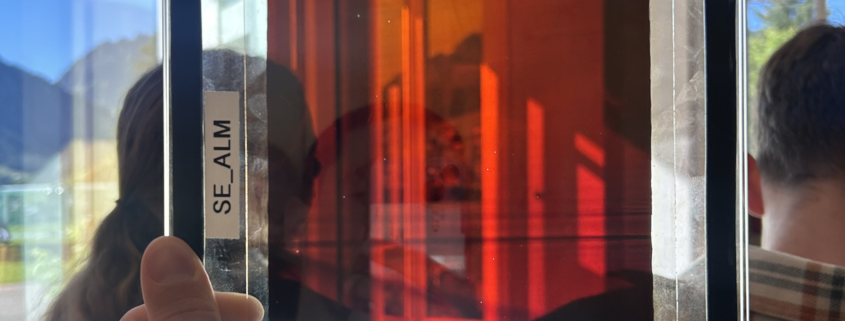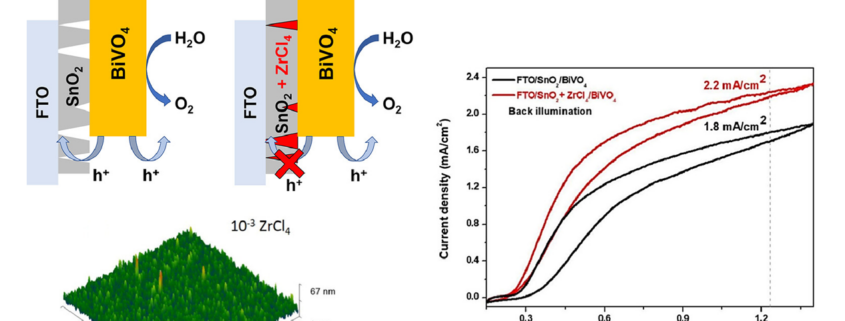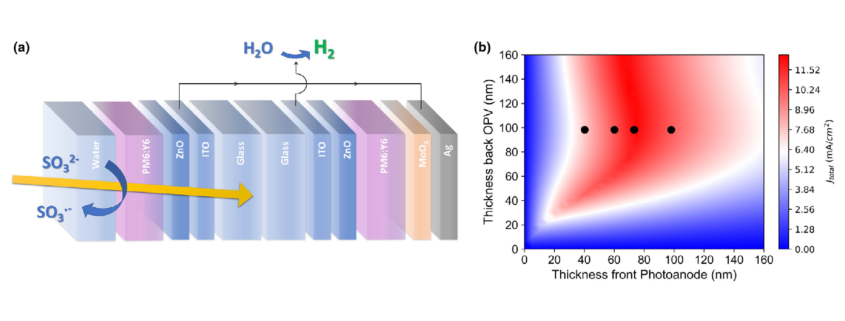SOREC2 advancements featured at the Spectroscopy and Electrochemistry Summer School 2024
Alberto Magliocco, a PhD student in Professor Serena Berardi’s group at the University of Ferrara (UNIFE) and a member of the SOREC2 project team, recently participated in the Spectroscopy and Electrochemistry Summer School. Hosted by the Chemistry Department of the University of Padua, the event took place in Jesolo, Italy, from September 15th to 20th, 2024.
Read moreSOREC2 members at the International Quantsol Summer School 2024
ICFO researchers and SOREC2 project members, Carles Ros, Emmanouela Andrioti and Chiara Cortese , attended the International Quantsol Summer School on Photovoltaics and New Concepts of Quantum Solar Energy Conversion 2024. The event took place in Hirschegg, Austria, from September 1st to 8th.
Read moreSOREC2 researchers board the “The Science Wagon”
Carolina Gimbert and Xavier Sala, two researchers from Universitat Autònoma de Barcelona (UAB) and team members of the SOREC2 consortium, have recently participated in a podcast as part of the UAB’s “El Vagó de la Ciència“ (The Science Wagon) initiative. During the interview with journalist Olga Vallejo, they delved into the topic of green hydrogen, a promising alternative energy source, complementary to SOREC2 technology with the common final goal of reducing anthropogenic carbon footprint. Gimbert and Sala are members of the CatSyNanoMat and Seloxcat research groups, respectively.
Read moreEnhancing charge extraction in BiVO4 photoanodes by ZrCl4 treatment of SnO2 hole-blocking layers
Valentina Gacha, Carles Ros, Xènia Garcia, Jordi Llorca, Jordi Martorell, Dimitrios Raptis (2024), Enhancing charge extraction in BiVO4 photoanodes by ZrCl4 treatment of SnO2 hole-blocking layers. Energy Environ. Mater. e12809. https://doi.org/10.1016/j.apmt.2024.102415
Abstract
In the search for more efficient and sustainable photoelectrochemical devices, BiVO4 is nowadays one of the best-performing photoanode material, with favourable band structure for water oxidation. However, BiVO4 photoanodes face challenges such as poor charge transport and slow kinetics. To address these issues, SnO2 films are commonly used as hole blocking layers, reducing recombination rate and enhancing charge lifespan and overall productivity. Yet, this method encounters problems like high defect concentrations at the SnO2/BiVO4 interface and pinholes in the SnO2 layer, which lead to charge recombination. In this study, we explore a ZrCl4 treatment to improve the effectiveness of SnO2 as a hole-blocking layer in BiVO4 photoanodes. Our findings, supported by detailed optoelectronic characterization and continuous and modulated electrochemical analysis, reveal that ZrCl4 treatment significantly enhances the hole-blocking properties of SnO2. This treatment results in a 37 % increase in photocurrent density at 1.23 VRHE and a 40 mV shift in the onset voltage, demonstrating a substantial improvement in overall photoanode efficiency..
Read the original article
Harnessing the Power of PM6:Y6 Semitransparent Photoanodes by Computational Balancement of Photon Absorption in Photoanode/Photovoltaic Organic Tandems: >7 mA cm−2 Solar Synthetic Fuels Production at Bias-Free Potentials
Francisco Bernal-Texca, Emmanouela Andrioti, Jordi Martorell and Carles Ros. (2024), Harnessing the Power of PM6:Y6 Semitransparent Photoanodes by Computational Balancement of Photon Absorption in Photoanode/Photovoltaic Organic Tandems: >7 mA cm−2 Solar Synthetic Fuels Production at Bias-Free Potentials. Energy Environ. Mater. e12809. https://doi.org/10.1002/eem2.12809
Abstract
This study first demonstrates the potential of organic photoabsorbing blends in overcoming a critical limitation of metal oxide photoanodes in tandem modules: insufficient photogenerated current. Various organic blends, including PTB7-Th:FOIC, PTB7-Th:O6T-4F, PM6:Y6, and PM6:FM, were systematically tested. When coupled with electron transport layer (ETL) contacts, these blends exhibit exceptional charge separation and extraction, with PM6:Y6 achieving saturation photocurrents up to 16.8 mA cm−2 at 1.23 VRHE (oxygen evolution thermodynamic potential). For the first time, researchers computationally designed and fabricated a tandem structure utilizing organic photoanodes. The implementation of a double PM6:Y6 photoanode/photovoltaic structure resulted in photogenerated currents exceeding 7 mA cm−2 at 0 VRHE (hydrogen evolution thermodynamic potential) and anodic current onset potentials as low as −0.5 VRHE. The herein-presented organic-based approach paves the way for further exploration of different blend combinations to target specific oxidative reactions by selecting precise donor/acceptor candidates among the multiple existing ones..








